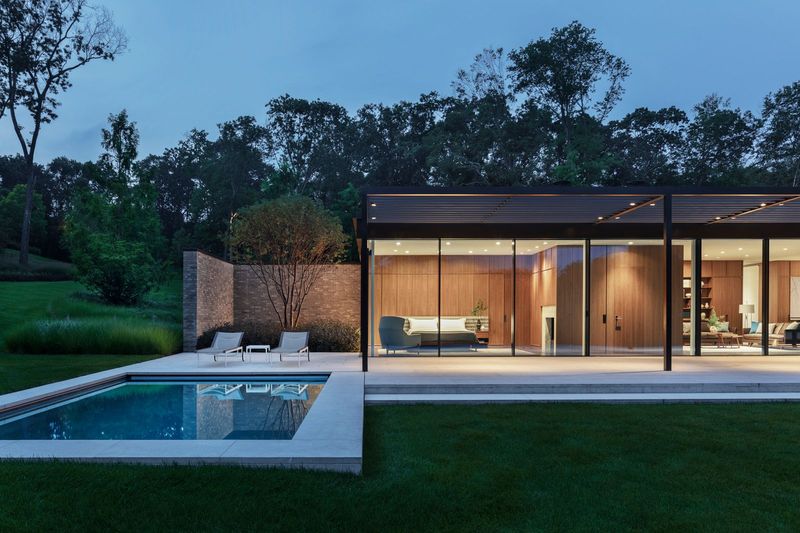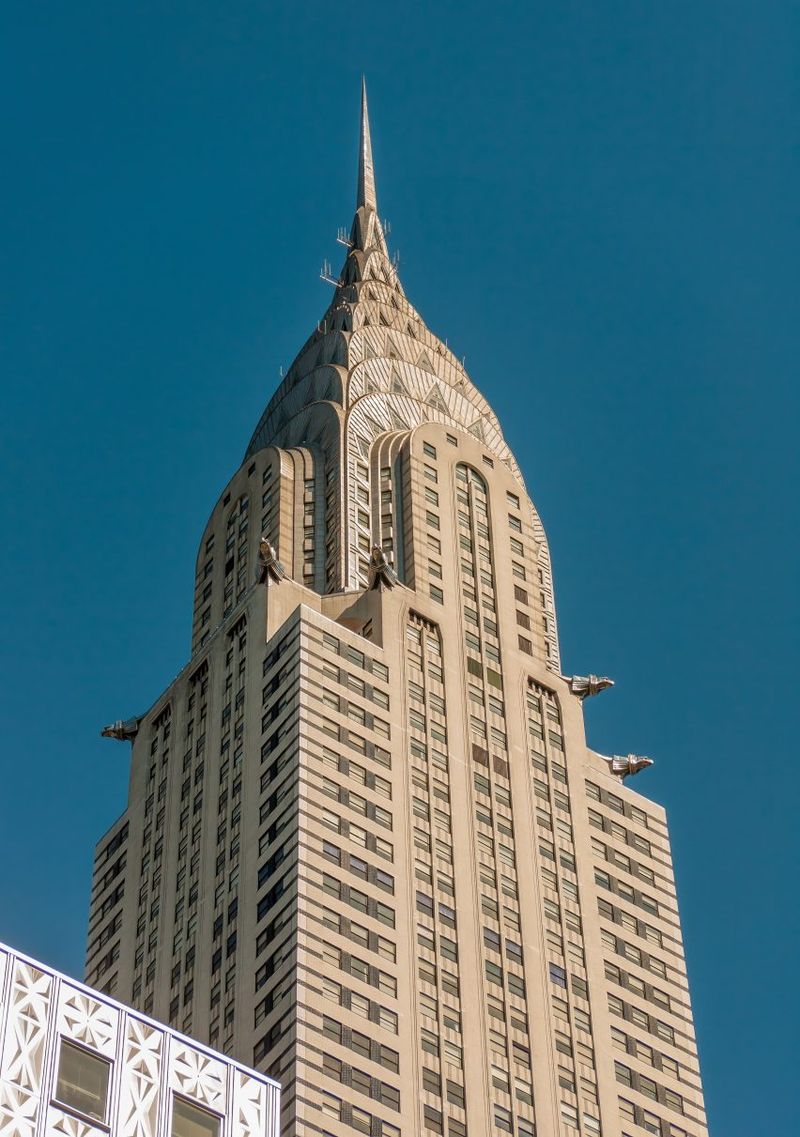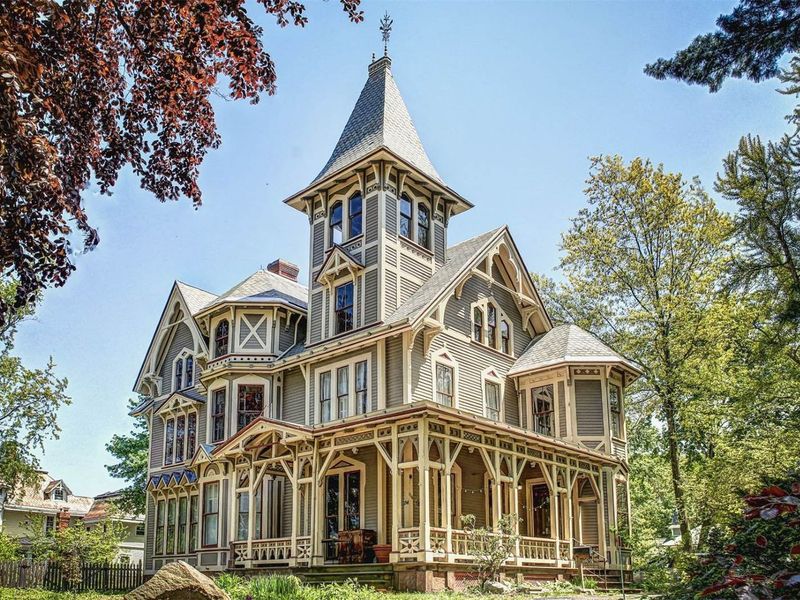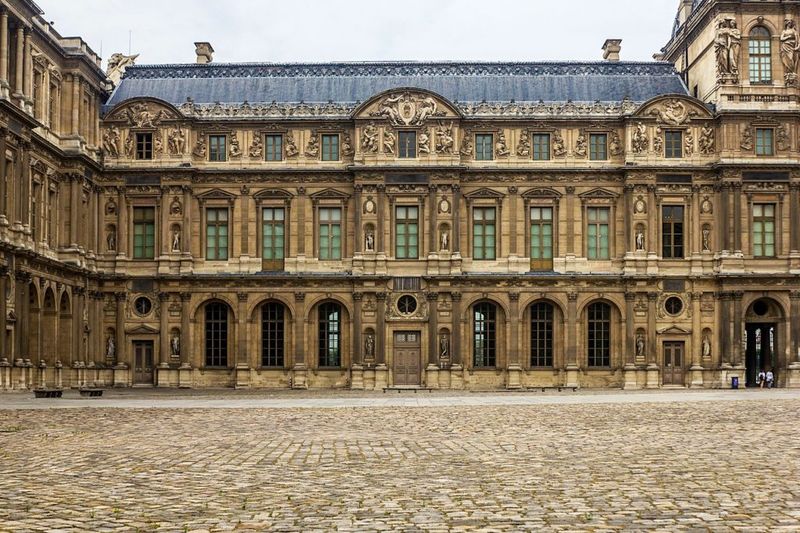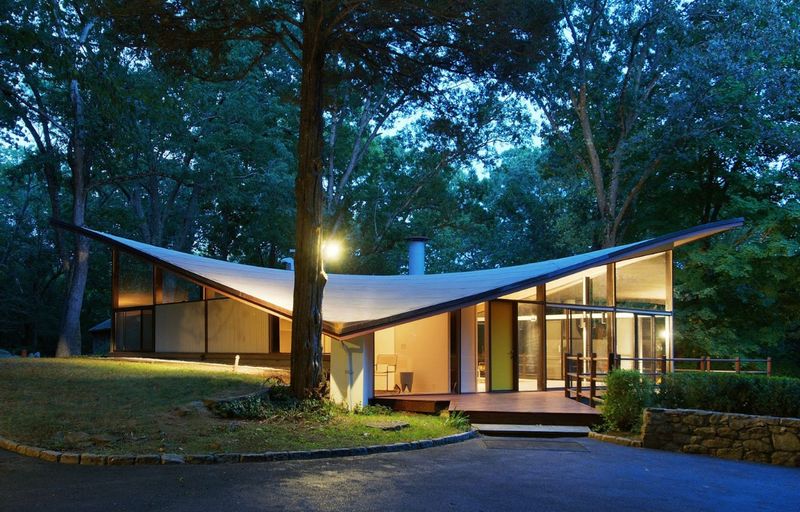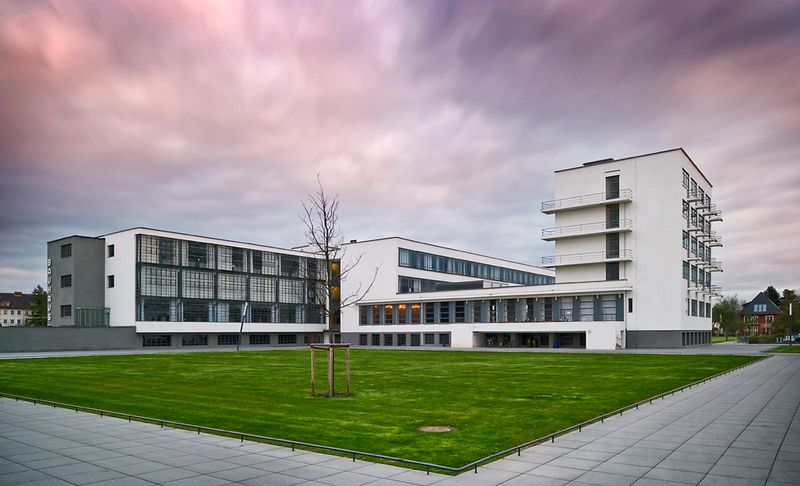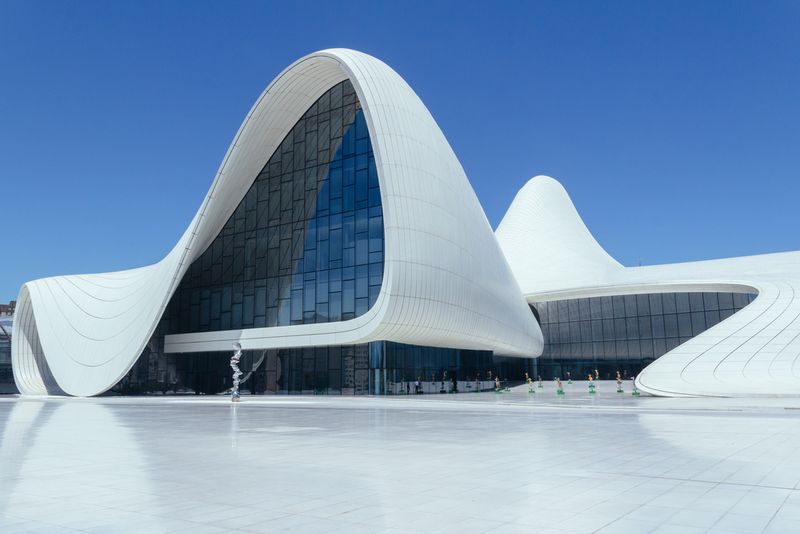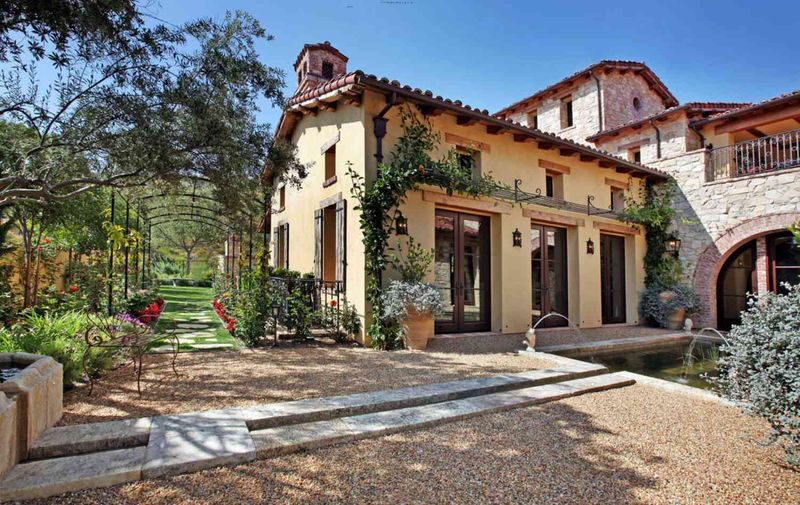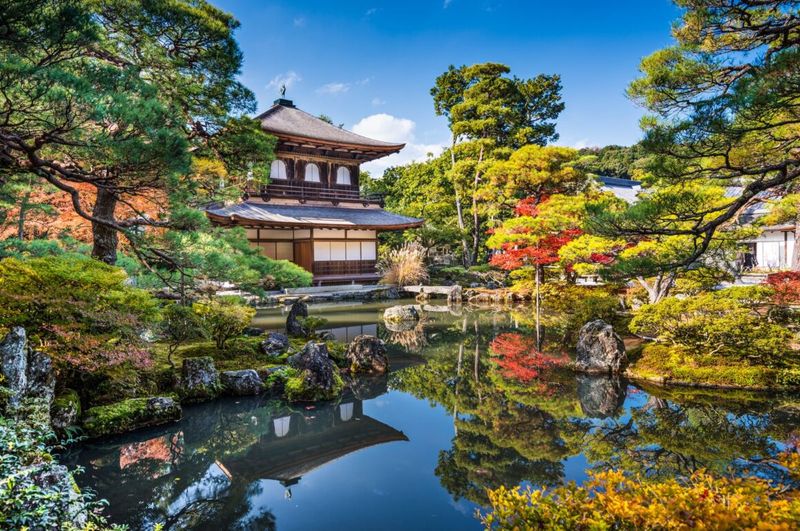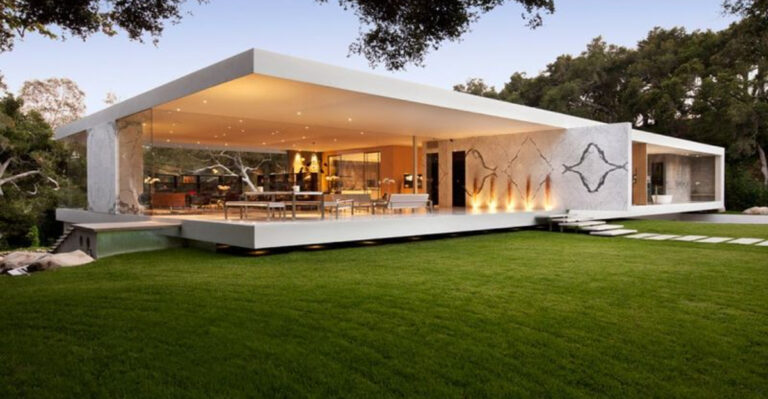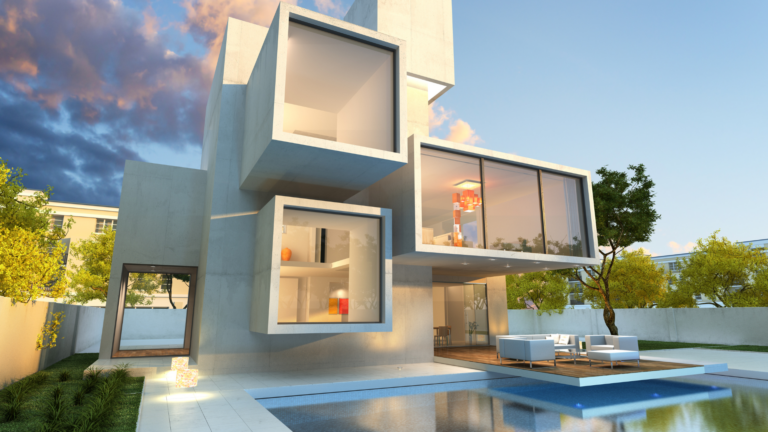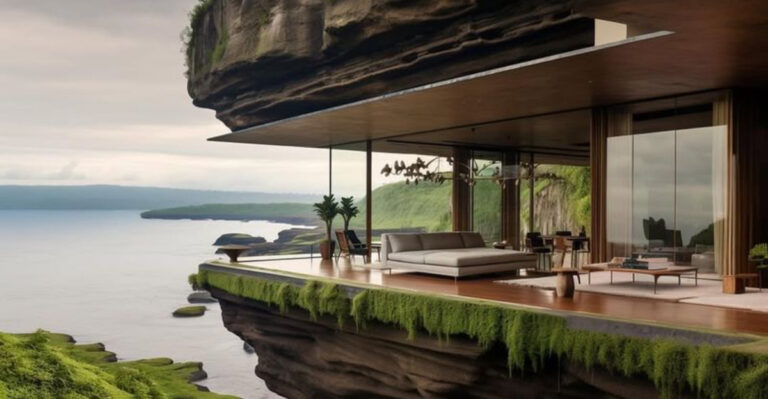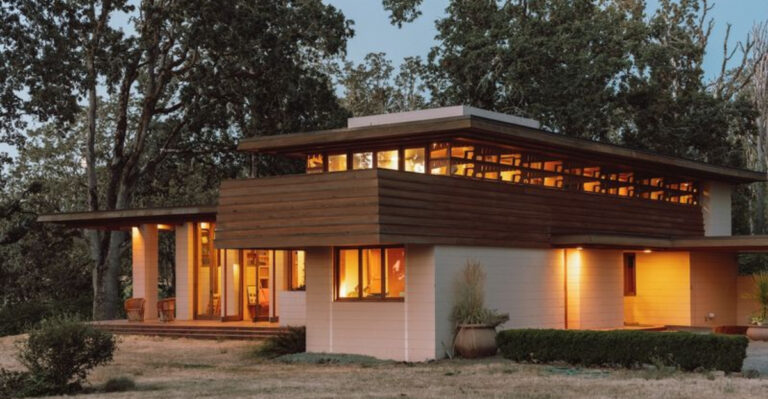18 Architectural Styles That Define Luxury
If you’ve ever dreamed of living in a palace, this article is for you. Explore 18 architectural styles that set the gold standard for luxury living.
From the opulent baroque to the sleek lines of modernism, each style offers a unique glimpse into the art of high-end design. These styles have adorned the residences of royalty and the elite, turning homes into masterpieces.
These architectural wonders will grab your mind regardless of your preference for modern innovation or timeless elegance.
1. Modernist Architecture
Sleek and minimalist, modernist architecture defines the phrase “less is more.” This style strips away the unnecessary, focusing on functionality and simplicity. With open spaces and clean lines, it creates a sense of calm and order.
Born in the early 20th century, modernism champions innovation and progressive thinking. It’s an architectural approach that values practicality without sacrificing style.
For those who crave a clutter-free environment, modernist architecture offers a serene escape from the chaos of daily life.
2. Art Deco Architecture
Let’s step into a world of bold lines and lavish materials. Art Deco architecture is synonymous with glamour and style. Known for its geometric patterns and rich textures, it reflects the exuberance of the Roaring Twenties.
From skyscrapers to cinemas, this style brought a sense of optimism and modernity. Art Deco’s luxurious materials like marble and chrome add an air of sophistication.
3. Colonial Architecture
You are transported to a simpler, more symmetrical era by colonial architecture. This design evokes a traditional American beauty with its white columns and brick exteriors. It pays homage to the early settlers’ quest for harmony and order.
Colonial architecture, which gained popularity in the 17th and 18th centuries, is still a timeless classic. Its subtle elegance and historical relevance are what make it so appealing. It captures the essence of Americana and is a true classic.
4. Gothic Architecture
Gothic architecture is nothing short of awe-inspiring. Characterized by pointed arches, ribbed vaults, and flying buttresses, this style invites you to look up and marvel.
Originating in 12th-century France, it combines religious symbolism with engineering brilliance. The stained-glass windows cast colorful reflections, creating an ethereal atmosphere.
If you’re captivated by history and romance, this style offers a glimpse into a bygone era filled with mystery and majesty.
5. Victorian Architecture
Fancy stepping into a fairy tale? Victorian architecture might be your dream come true. Known for its ornate details and eclectic influences, this style is all about grandeur. With turrets, wrap-around porches, and colorful facades, it’s a visual delight.
The Victorian era, spanning the mid-to-late 19th century, embraced innovation and ornamentation. It’s a style that celebrates individuality and craftsmanship. For those who adore intricate design and historical charm, Victorian architecture offers an enchanting journey into the past.
6. Baroque Architecture
Imagine walking through a palace where every room is a masterpiece. Baroque architecture is known for its grandeur and opulence. With intricate details and dramatic flair, this style brings art to life. Think gold leaf, elaborate frescoes, and stunning sculptures. It’s like stepping into a real-life art gallery.
This style was born in the 17th century and graced the homes of European aristocracy. If you love over-the-top elegance, baroque might just be your architectural soulmate. A true feast for the senses, it dazzles with its theatrical beauty and luxurious finishes.
7. Neoclassical Architecture
Standing tall and proud, neoclassical architecture commands attention. Inspired by the grandeur of ancient Greece and Rome, this style emphasizes symmetry and proportion. With tall columns and grand facades, it exudes a sense of timeless elegance.
Neoclassical architecture gained popularity in the 18th century, symbolizing power and prestige. It’s a favorite for government buildings and museums, lending an air of authority.
If you admire classical beauty and refined simplicity, this style makes a bold statement. A nod to history, it remains a symbol of enduring grace and sophistication.
8. Renaissance Architecture
Travel back to the age of enlightenment with Renaissance architecture. This style, blossoming in the 15th century, revived classical ideals of beauty and symmetry. Renaissance architects embraced harmony and proportion, creating palaces that are works of art.
With classical columns and detailed frescoes, these structures reflect the rebirth of culture and intellect. Renaissance architecture celebrates human achievement and creativity.
9. Mid-Century Modern Architecture
Flash back to the 1950s, where mid-century modern architecture reigns supreme. This style champions clean lines, organic forms, and a connection to nature. Thanks to flat planes and large glass windows, it blends indoor and outdoor spaces seamlessly.
Mid-century modern architecture is both functional and stylish, capturing the spirit of post-war optimism. It’s a favorite for those who value simplicity and innovation.
If you love retro vibes with a modern twist, this style offers a perfect balance of form and function. It’s a timeless look that continues to inspire designers today.
10. Romanesque Architecture
Feel the weight of history with Romanesque architecture. This style, emerging in medieval Europe, is characterized by its massive stone walls and rounded arches. It’s like stepping into a fortress, sturdy and enduring.
Romanesque architecture conveys a sense of strength and stability. Its simplicity and solidity make it a powerful statement. For history buffs and admirers of ancient craftsmanship, Romanesque offers a glimpse into an era of faith and fortitude.
11. Bauhaus Architecture
Enter the world of Bauhaus, where form follows function. This architectural style, born in Germany in the early 20th century, emphasizes simplicity and practicality. Geometric shapes and a minimalist aesthetic define its clean and modern look.
Bauhaus architecture champions the idea that design should serve the people. It’s an approach that values innovation and accessibility. For those who appreciate modern design with a purpose, Bauhaus offers a refreshing perspective.
12. Tudor Architecture
Step into the past with Tudor architecture, a style that evokes images of medieval England. Known for its half-timbered facades and steeply pitched roofs, it creates a charming, storybook feel.
This style flourished in the late 15th and early 16th centuries, capturing the romance of the Tudor dynasty. Its picturesque appearance makes it a favorite for those who love history and whimsy. If fairy tales and rustic elegance appeal to you, Tudor architecture offers a nostalgic escape.
13. Futurist Architecture
Ever wondered what the future looks like? Futurist architecture gives you a sneak peek. With sleek curves and innovative materials, this style pushes the boundaries of design. It’s all about breaking the mold and embracing new possibilities.
Futurist architecture reflects a visionary approach, merging technology with art. It’s a celebration of creativity and forward-thinking. For those who dare to dream, this style offers a glimpse into a world of endless potential.
14. Mediterranean Architecture
Craving a sun-soaked escape? Mediterranean architecture offers a taste of the coastal lifestyle. Thanks to its terracotta roofs, stucco walls, and lush gardens, it embodies relaxed elegance.
Influenced by the villas of Southern Europe, this style is perfect for those who love indoor-outdoor living. It captures the essence of a vacation home, filled with warmth and charm. It’s a style that celebrates life’s simple pleasures and the beauty of nature.
15. Brutalist Architecture
Bold and unapologetic, brutalist architecture is not for the faint-hearted. Known for its exposed concrete and stark geometric forms, it makes a powerful visual impact. It’s architecture that demands attention and evokes strong reactions.
Emerging in the mid-20th century, brutalism is both controversial and iconic. It challenges traditional aesthetics, offering a raw and honest approach. It’s a love-it-or-hate-it style that continues to provoke and inspire.
16. Japanese Zen Architecture
Find peace in simplicity with Japanese Zen architecture. This style embraces minimalism and harmony with nature. Wooden structures, serene gardens, and tranquil water features create a calming atmosphere.
Japanese Zen architecture values balance and mindfulness, offering a retreat from the chaos of modern life. For those who seek tranquility and spiritual connection, this style offers a sanctuary.
17. Georgian Architecture
Take a step back in time with Georgian architecture, a style known for its elegance and symmetry. With red brick walls and sash windows, it captures the refinement of 18th-century England.
Georgian architecture reflects the ideals of order and proportion, offering a classic and timeless look. It’s a favorite for those who appreciate understated elegance and historical charm.
18. Minimalist Architecture
Simplicity is the ultimate sophistication in minimalist architecture. This style focuses on open spaces, neutral colors, and clean lines, creating a serene and uncluttered environment.
Minimalist architecture embraces the idea of “less is more,” offering a retreat from the chaos of modern life. For those who value simplicity and mindfulness, this style provides a calming and harmonious space. It’s a celebration of essential beauty and functionality, encouraging a more intentional way of living.


